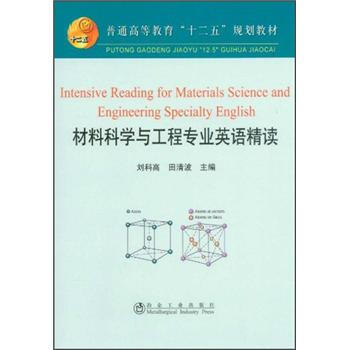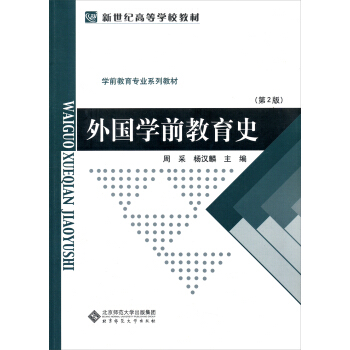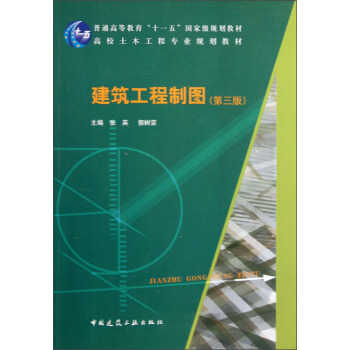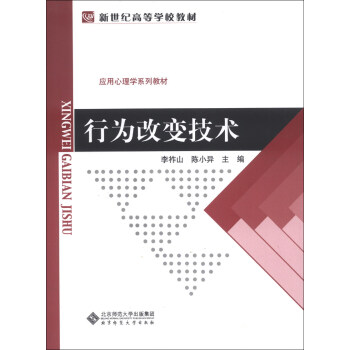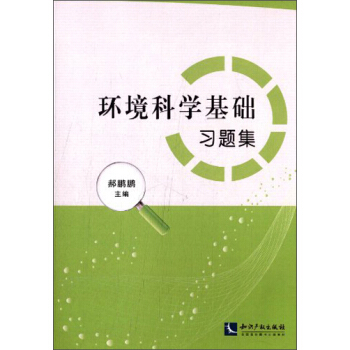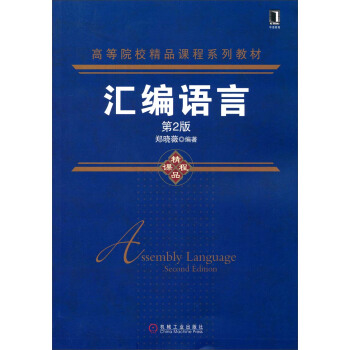![时代教育·国外高校优秀教材精选:西尔斯当代大学物理(上册)(英文改编版)(原书第11版) [UNIVERSITY PHYSICS with modern physics(11th Ed.)]](https://pic.tinynews.org/10134099/b20296e5-e680-4dc5-bd0b-646d565ceeba.jpg)

具体描述
编辑推荐
《西尔斯当代大学物理(上册·英文改编版)(原书第11版)》配有丰富的教辅资源,索取事宜见书后的“教学支持信息表”。内容简介
本英文改编教材的原书——《西尔斯物理学》是几代编著者长达半个多世纪物理教育探索与创新的产物,其许多可圈可点的特色在美国乃至世界其他国家,影响了一代又一代的大学师生,是当今世界发行量最大的主流教材之一。本教材分上下两册。《西尔斯当代大学物理(上册·英文改编版)(原书第11版)》是下册,主要内容有电磁学、波动光学、近代物理学等。
《西尔斯当代大学物理(上册·英文改编版)(原书第11版)》既充分体现了原书的特色,又在适合我国国情方面有了新的特点,主要表现在:对原书取舍得当,篇幅适当,教材内容覆盖了教育部最新教学基本要求建议的75个A类知识点和部分B类知识点;教材95%以上是原书的文字,体现了原书教学理念的精华,整个教材体系具有更好的系统性和完整性;内容生动、丰富,图文并茂,举例鲜活,趣味性强,联系实际密切,强调概念理解,注重能力培养;每章的问题引入法、正文探索式的叙述法以及每节的思考题检测法等多种教学方法并用,将有效调动学生学习的积极性,提高学生学习的效能;所有例题都采用四步解题法:审题(Identify)、破题(Set up)、求解(Excute)和讨论(EvaIuate),这种规范、科学的解题方式十分有利于学生形成思维清晰、表述准确、方法明确的解题习惯,并能逐步获得较强的解决实际问题的能力;英语行文规范、流畅,原汁原味,代表了当前科技英语文献的风格,是我国学生学习英文科技写作的极好范本。
本教材为高等学校理工科各专业学生的大学物理双语教学专用教材。由于与国内教材有很强的相关对应性,故对于希望了解物理知识英文表述的非双语教学的师生及其他科技工作者,《西尔斯当代大学物理(上册·英文改编版)(原书第11版)》也是一本十分有益的参考书。
内页插图
目录
Preface1 PHYSICAL QUANTITIES AND VECTORS
1.1 The Nature of Physics
1.2 Idealized Models
1.3 Standards and Units
1.4 Uncertainty and Significant Figures
1.5 Vectors and Scalars
1.6 Vector Algebra
1.7 Unit Vectors and Component
Expression
Answer to Chapter Opening Question
Exercises
2 KINEMATICS
2.1 Particle Kinematics
2.2 Position Vector and Displacement
2.3 Velocity and Acceleration
2.4 Rectilinear Motion
2.5 Two Fundamental Problems in Kinematics
2.6 Relative Motion
Answer to Chapter Opening Question
Exercises
3 DYNAMICS
3.1 Particle Dynamics
3.2 Newton s Laws
3.3 Understanding Forces
3.4 Dynamics of Circular Motion
3.5 Non-inertial Frame and Inertial Forces
Answer to Chapter Opening Question
Exercises
4 WORK AND ENERGY
4.1 Kinetic Energy and Work
4.2 Calculating the Work
4.3 Path Independence of Conservative Forces
4.4 Potential Energy
4.5 Conservation of Mechanical Energy
4.6 Find the Conservative Force from Potential Energy
Answer to Chapter Opening Question
Exercises
5 MOMENTUM AND IMPULSE
5.1 Definition of Momentum
5.2 Conservation of Momentum
5.3 Impulse
5.4 Collisions
5.5 Center of Mass
5.6 Rocket Propulsion
5.7 Problem-Solving Strategy ISEE
Answer to Chapter Opening Question
Exercises
6 ROTATION OF RIGID BODIES
6.1 Angular Velocity and Acceleration
6.2 Rotation with Constant Angular Acceleration
6.3 Relating Linear and Angular Kinematics
6.4 Energy in Rotational Motion
6.5 Parallel-Axis Theorem
6.6 Moment of Inertia Calculations
Answer to Chapter Opening Question
Answers to Test Your Understanding
Questions
Exercises
7 DYNAMICS OF ROTATIONAL MOTION
7.1 Torque
7.2 Torque and Angular Acceleration fora Rigid Body
7.3 Rigid-Body Rotation About a MovingAxis
7.4 Work and Power in RotationalMotion
7.5 Angular Momentum
7.6 Conservation of Angular Momentum
7.7 Gyroscopes and Precession
Answer to Chapter Opening Question
Answers to Test Your Understanding
Questions
Exercises
8 PERIODIC MOTION
8.1 Describing Oscillation
8.2 Simple Harmonic Motion
8.3 Energy in Simple Harmonic Motion
8.4 Applications of Simple Harmonic Motion
8.5 The Simple Pendulum
8.6 The Physical Pendulum
8.7 Damped Oscillations
8.8 Forced Oscillations and Resonance
Answer to Chapter Opening Question
Answers to Test Your Understanding
Questions
Exercises
9 MECHANICAL WAVES
9.1 Types of Mechanical Waves
9.2 Periodic Waves
9.3 Mathematical Description of a Wave
9.4 Energy in Wave Motion
9.5 Wave Interference,Boundary Conditions and Superposition
9.6 Standing Waves on a String
9.7 Normal Modes of a String
9.8 Beats
9.9 The Doppler Effect
Answer to Chapter Opening Question
Answers to Test Your Understanding
Questions
Exercises
10 TEMPERATURE AND HEAT
10.1 Temperature and Thermal Equilibrium
10.2 Thermometers and Temperature Scales
10.3 Gas Thermometers and the Kelvin Scale
10.4 Quantity of Heat
10.5 Calorimetry and Phase Changes
10.6 Mechanisms of Heat Transfer
Answer to Chapter Opening Question
Answers to Test Your Understanding
Questions
Exercises
11 THERMAL PROPERTIES OF MATTER
11.1 Equations of State
11.2 Molecular Properties of Matter
11.3 Kinetic-Molecular Model of an Ideal Gas
11.4 Heat Capacities
11.5 Molecular Speeds
Answer to Chapter Opening Question
Answers to Test Your Understanding
Oestions
Exercises
12 THE FIRST LAW OF THERMODYNAMICS
12.1 Thermodynamic Systems
12.2 Work Done During Volume Changes
12.3 Paths Between Thermodynamic States
12.4 Internal Enerzv and the First Law of Thermodynamics
12.5 Kinds of Thermodynamic Processes
12.6 Internal Energy of an Ideal Gas
12.7 Heat Capacities of an Ideal Gas
12.8 Adiabatic Processes for an Ideal Gas
Answer to Chapter Opening Question
Answers to Test Your Understanding
Questions
Exercises
13 THE SECOND LAW OF THERMODYNAMICS
13.1 Directions of Thermodynamic Processes
13.2 Heat Engines
13.3 Refrigerators
13.4 The Second Law of Thermodynamics
13.5 The Carnot Cycle
13.6 Entropy
13.7 Microscopic Interpretation of Entropy
Answer to Chapter Opening Question
Answers to Test Your Understanding
Exercises
14 ELECTRIC CHARGE AND ELECTRIC FIELD
14.1 Electric Charge
14.2 Conductors,Insulators and Induced Charges
14.3 Coulomb s Law
14.4 Electric Field and Electric Forces
14.5 Electric Field Calculations
14.6 Electric Field Lines
14.7 Electric Dipoles
Answer to Chapter Opening Question
Answers to Test Your Understanding
Questions
Exercises
15 GAUSS S LAW
15.1 Charge and Electric Flux
15.2 Calculating Electric Flux
15.3 Gauss s Law
15.4 Applications of Gauss s Law
15.5 Charges on Conductors
Answer to Chapter Opening Question
Answers to Test Your Understanding
Questions
Exercises
16 ELECTRIC POTENTIAL
16.1 Electric Potential Energy
16.2 Electric Potential
16.3 Calculating Electric Potential
16.4 Equipotential Surfaces
16.5 Potential Gradient
Answer to Chapter Opening Question
Answers to Test Your Understanding
Questions
Exercises
17 CAPACITANCE AND DIELECTRICS
17. 1 Capacitors and Capacitance
17.2 Energy Storage in Capacitors and Electric-Field Energy
17.3 Dielectrics
17.4 Molecular Model of Induced Charge
17.5 Gauss s Law In Dielectrics
Answer to Chapter Opening Question
Answers to Test Your Understanding
Questions
Exercises
18 CURRENT, RESISTANCE AND ELECTROMOTIVE FORCE
18.1 Current
18.2 Resistivity
18.3 Resistance
18.4 Electromotive Force and Internal Resistance
18.5 Theory of Metallic Conduction
Answer to Chapter Opening Question
Answers to Test Your Understanding
Questions
Exercises
APPENDICES
Appendix A The International System of Units
Appendix B Useful Mathematical Relations
Appendix C The Greek Alphabet
Appendix D Periodic Table of the Elements
Appendix E Unit Conversion Factors
Appendix F Numerical Constants
Appendix G Answers to Exercises
教学支持信息表(填写本表,获取本书教辅资源)
精彩书摘
As we learned in Section 1.1, physics is an experimental science. Experiments require meas-urements, and we generally use numbers to describe the results of measurements. Any number thatis used to describe a physical phenomenon quantitatively is called a physical quantity. For exam-ple, two physical quantities that describe you are your weight and your height. Some physical quan-tities are so fundamental that we can define them only by describing how to measure them. Such adefinition is called an operational definition. Some examples are measuring a distance by using aruler, and measuring a time interval by using a stopwatch.In other cases we define a physicalquantity by describing how to calculate it from other quantities that we can measure. Thus we mightdefine the average speed of a moving object as the distance traveled (measured with a ruler) divid-ed by the time of travel (measured with a stopwatch).When we measure a quantity, we always compare it with some reference standard.Such astandard defines a unit of the quantity. The meter is a unit of distance, and the second is a unit oftime. When we use a number to describe a physical quantity, we must always specify the unit thatwe are using; to describe a distance simply as "4.56"wouldnt mean anything.
To make accurate, reliable measurements, we need units of measurement that do not changeand that can be duplicated by observers in various locations. The system of units used by scientistsand engineers around the world is commonly called "the metric system, "but since 1960 it has beenknown officially as the International System, or SI (the abbreviation for its French name, SystemInternational). A list of all SI units is given in Appendix A, as are definitions of the most funda-mental units.
前言/序言
1.关于原书、原作者本书改编自培生教育出版公司(Pearson Education,Inc.)于2004年推出的西尔斯大学物理第11版(Sears and Zemansky’s UNIVERSITY PHYSITCS with modern physics,11th edition,以下简称西书)。
西书是美国几代物理教育专家长达半个多世纪探索与改革的产物。初版由美国物理教育界领军人物F.W.Sears和M.W.Zemansky于1949年推出。西书作者提倡站在学生的角度探究式地展开讨论,强调讲透概念、原理与培养学生解题能力并重,在版面设计上作出有针对性的安排。这些探索成果对促进学生自主学习产生了较大反响。西书第11版的主要作者H.D.Young自1973年始成为Sears和Zemansky的合作者,参加第5版编写。前两位作者相继去世后,Young从第8版起单独署名。他继承与完善了西书的导学式理念,使西书不仅在美国,而且在其他国家影响了一代又一代的大学师生,至今仍是发行量最大的主流教材之一。另两位作者R.A.Freedman与A.L Ford分别自第10版、第11版参加编写工作。
西书曾于20世纪50年代以《西尔斯物理学》之名被翻译成中文在中国出版。当时该书受到我国大学物理教师的关注并作为教学参考书。至今我国物理教材中的一些讲法和习题都渊源于该书。机械工业出版社2003年影印出版了西书第10版。由于特色鲜明、角度新颖、讲解详尽、讨论深入,加之行文流畅,代表了当前英语科技文献流行风格,该影印版被一些高校选作物理双语课本,获得好评。
西书第11版的刚体力学、振动与波、热学、电磁学、波动光学、狭义相对论与量子物理基础等6部分(覆盖大学物理课程教学内容9成以上)涵盖的知识点、调用的数学知识以及达到的难度与深度,同国内流行教材吻合度很高,适合选作非物理类尤其是工科专业的大学物理双语教材。
用户评价
作为一名正在备考研究生的学生,我对物理知识的深度和广度有着极高的要求。这本书虽然是大学物理教材,但其中涵盖的许多内容,尤其是涉及到近代物理的部分,对于深入理解物理学的前沿研究非常有启发。我尝试阅读了其中关于量子力学基本概念的章节,发现作者在概念的引入和解释上非常巧妙,循序渐进,即使是初学者也能比较容易地把握核心思想。书中的例题选择也非常有代表性,既有基础的计算题,也有一些需要综合运用多个知识点才能解决的综合题,这对于提高解题能力非常有帮助。
评分这本书在电子设备上的阅读体验也让我感到惊喜。我购买的是电子版,在平板电脑上翻阅非常方便,可以随时随地进行学习。电子版的搜索功能也非常强大,当我需要查找某个特定概念或公式时,只需输入关键词,就能快速定位到相关内容,大大提高了学习效率。书中的图表和公式在电子屏幕上的显示效果也十分清晰,没有出现模糊或变形的情况。总的来说,这本书无论是在内容深度、讲解方式,还是在阅读体验上,都给我留下了深刻的印象,是一本值得推荐的优秀物理教材。
评分我尝试对书中关于力学部分的某些经典问题进行了复习。作者在讲解牛顿运动定律和能量守恒定律时,思路非常清晰,逻辑严谨。特别是一些复杂的受力分析过程,书中都给出了详细的步骤和图示,并且对容易出错的地方进行了特别提示,这对于我巩固基础知识非常有帮助。我尤其欣赏的是,书中的习题难度梯度设计得很合理,从简单的概念检验题到需要较强分析能力的综合题,能够满足不同层次读者的需求。解决完几道习题后,我感觉自己对力学基本原理的理解又加深了一层。
评分这本书的装帧设计非常精美,封面采用了沉稳的深蓝色,配以简洁的银色书名,给人一种严谨而专业的视觉感受。纸张的质感也相当不错,厚实且略带磨砂感,翻阅时手感舒适,油墨印刷清晰,字体大小适中,长时间阅读也不会感到眼睛疲劳。我特别喜欢它内页的排版,图文并茂,公式和定理的呈现方式清晰明了,注释部分也做得非常到位,有助于理解复杂的物理概念。
评分我一直认为,一本好的物理教材不仅仅是知识的堆砌,更重要的是能够激发学生对物理学的兴趣。这本书在这一点上做得相当出色。我注意到书中穿插了一些与物理学发展史相关的历史事件和科学家的小故事,这些内容虽然不是核心的物理知识,但却能让人感受到物理学的魅力和背后的人文关怀,让学习过程不再枯燥乏味。此外,书中的插图也非常生动形象,例如在讲解电磁感应时,通过多角度的示意图,让我对磁场与导线运动之间的关系有了更直观的认识,这比纯文字的描述要有效得多。
相关图书
本站所有内容均为互联网搜索引擎提供的公开搜索信息,本站不存储任何数据与内容,任何内容与数据均与本站无关,如有需要请联系相关搜索引擎包括但不限于百度,google,bing,sogou 等
© 2026 book.idnshop.cc All Rights Reserved. 静思书屋 版权所有

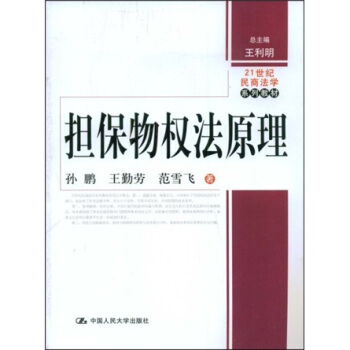
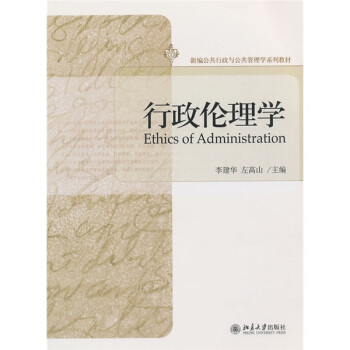
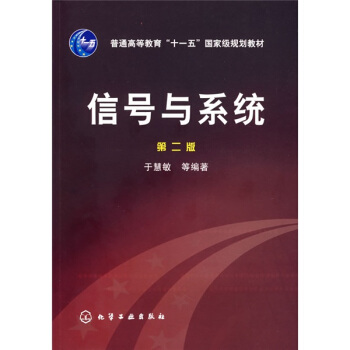

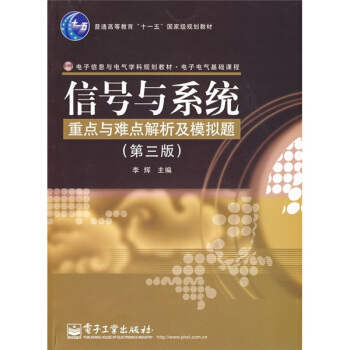
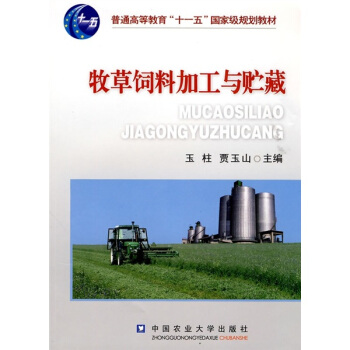

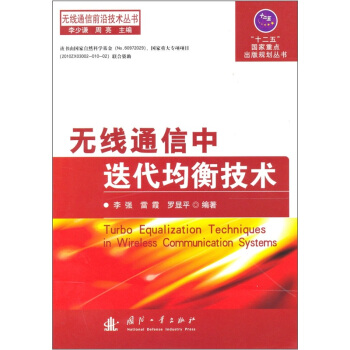
![高等学校粮食工程专业教材:稻谷加工工艺与设备 [Rice Processing Technology and Equipment] pdf epub mobi 电子书 下载](https://pic.tinynews.org/10858211/eee2da66-bb92-4b27-9ea4-8ef02886c22b.jpg)
![公共管理英文版教材系列·高等学校公共管理类双语教学推荐教材:公共行政与公共事务(第10版) [Public Administration and Public Affairs] pdf epub mobi 电子书 下载](https://pic.tinynews.org/10875936/2bdd02a4-d303-4641-97ba-63651d8d5c9c.jpg)
